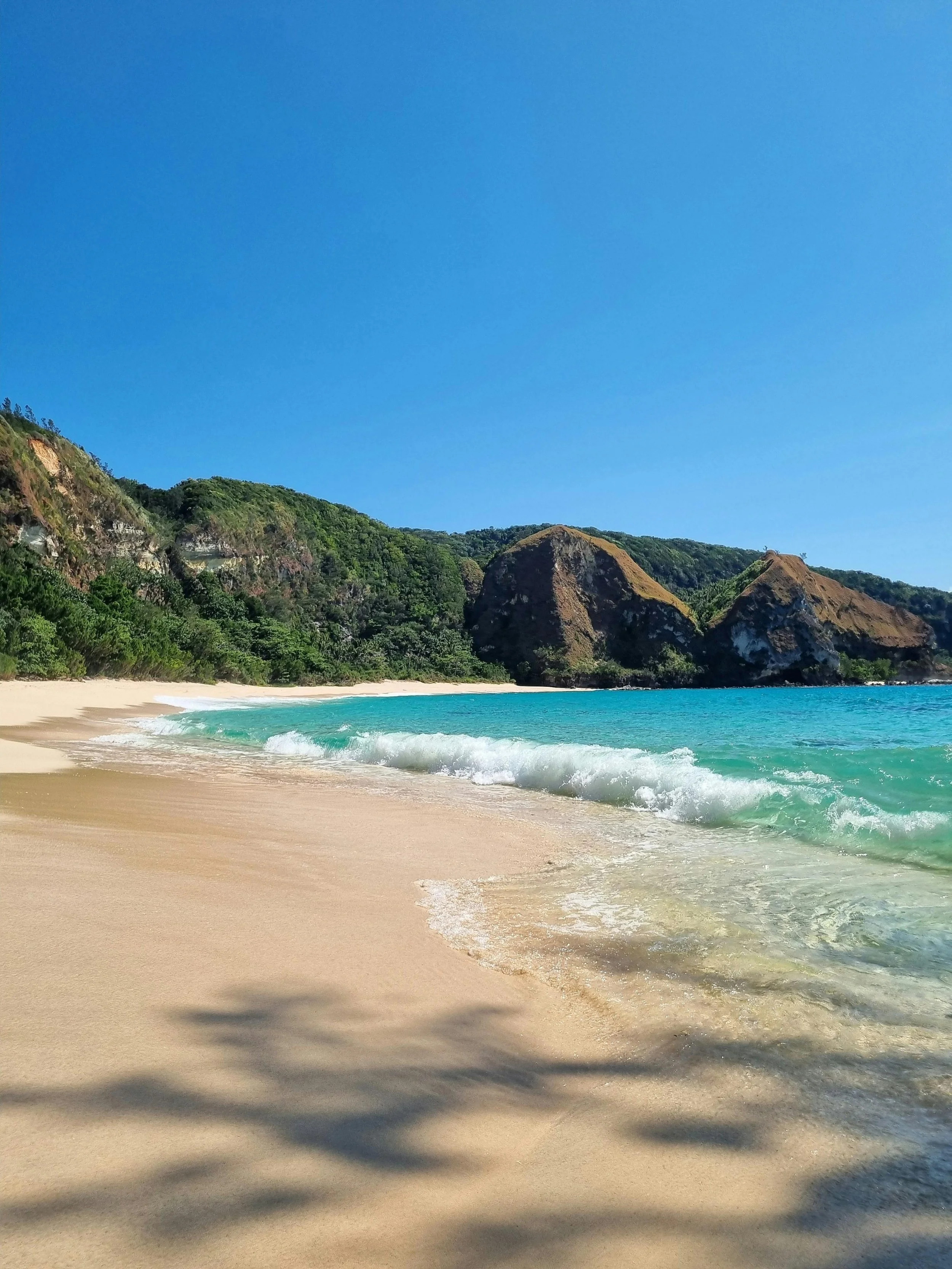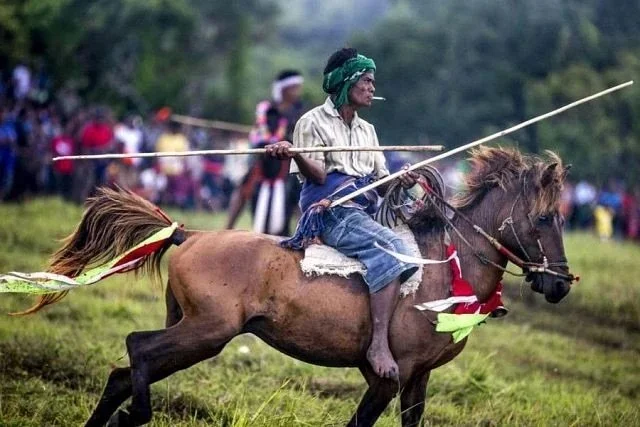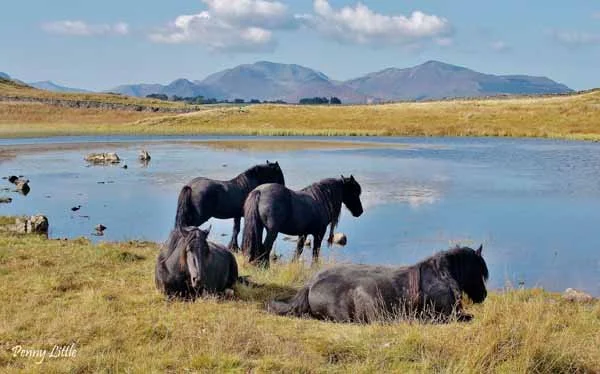
Sumba, Indonesia
The Sandalwood Pony: Pride of Sumba
Small but spirited, the Sandalwood pony — or kuda Sumba — is more than just a mode of transport. Shaped over generations by trade, climate, and terrain, these ponies are known for their endurance, intelligence, and agility. They often roam semi-wild in the island’s interior until called upon for work, ceremony, or ritual.
Their legacy is inseparable from the island’s. Once prized by the Javanese and exported across Southeast Asia, they shared the name of another treasured export: sandalwood, the fragrant timber that once blanketed Sumba’s hills.
Today, the ponies remain a living thread through Sumba’s cultural fabric — symbols of heritage, status, and spiritual connection.
A Land Apart
Unlike the lush jungles of Bali or Java’s volcanic plains, Sumba feels older — more elemental. It’s a land where traditions endure: where water buffalo are still sacrificed during funerals, and where ancestral spirits are honoured in megalithic stone graves that rise from village squares like monuments to time itself.
Sumba isn’t polished, and that’s part of its pull. For travellers seeking raw beauty and cultural depth, it offers something quietly extraordinary — especially if you’re willing to follow the trail of the Sandalwood pony.
Pasola: Ritual Warfare on Horseback
No visit to Sumba is complete without witnessing Pasola, the island’s most intense and iconic cultural event. Held during the rice-planting season, this ritual battle sees rival clans charge at one another on horseback, flinging wooden spears in a symbolic contest of strength, fertility, and ancestral blessing.
It’s raw and visceral — part sport, part sacred rite. The Sandalwood ponies are central to the spectacle, their agility and training on full display as riders thunder across the field, bareback and bold.
Pasola isn’t a performance for tourists. It’s a living expression of Sumba’s indigenous Marapu belief system, where the boundary between past and present — spirit and soil — is still wide open.
A Different Kind of Escape
Sumba is still relatively undeveloped — but that’s part of its magic. A few eco-lodges and boutique resorts have begun to welcome travellers seeking a more grounded, meaningful form of luxury. Many work directly with local horsemen, offering riding experiences that are intimate, respectful, and rich in connection.
You can ride through golden savannahs, visit traditional weavers in remote hill villages, or walk along untamed beaches where the only sound is wind and horses.
This is not a place you pass through. It’s a place that stays with you.
Travel Tips
Getting there: Sumba is accessible via short daily flights from Bali or Kupang.
Best time to visit: February to March for Pasola season; May to October for dry weather and trekking.
Where to go: West Sumba is more traditional; East Sumba offers sweeping vistas and fewer tourists.
Ethical riding: Choose guides and stables that prioritise horse welfare and community-based tourism.







